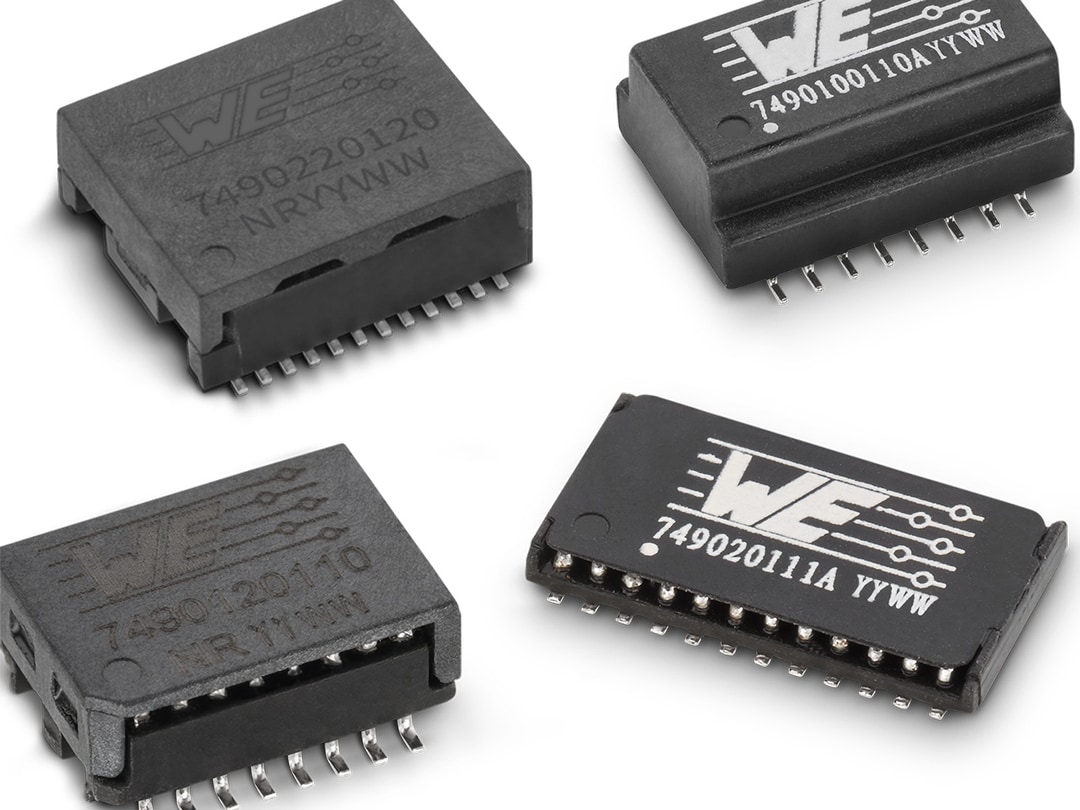

Signal Transformers play an increasingly important role in our everyday lives. They serve a different purpose from conventional transformers but are just as important.
Conventional transformers are usually for isolation and power transfer. They are generally used to change voltage to either higher (boost) or lower (buck). Signal Transformers are for isolation and impedance matching. They usually have a 1:1 turns ration and there is no transformation of voltage/current.
Without signal transformers we would not be able to binge watch our favorite shows, video chat with a friend, or stream our favorite music as we are driving. Signal transformers are part of many of our day-to-day activities and can be used in:
The demand for easy access to entertainment and convenience technologies is constantly growing. This forces designers and engineers to create more convenient ways to transport these technologies. Many times, this means making smaller devices. This can create space restrictions on the PCB board.
The effect of smaller devices is innovating how the parts for those devices are made so they can also be downsized without losing effectiveness.
Würth Elektronik has worked to meet the demand for smaller parts by developing the Super Tiny Signal Transformer (STST). The WE-STST series of signal transformers was developed for applications where small component size and exceptional electronic parameters are crucial.
The Würth Elektronik Super Tiny Signal Transformers are manufactured completely by machine. Conventional transformers usually consist of toroidal ferrites in a plastic housing. Using machine manufacturing allows the dimensions to be remain very small (4.7 x 3.22 x 2.9) while offering an insulation voltage of 1500V at 1 minute.
If you think the WE-STST might be a great fit for your project visit our online catalog for more information and specs. Or watch our YouTube video for more insights.
